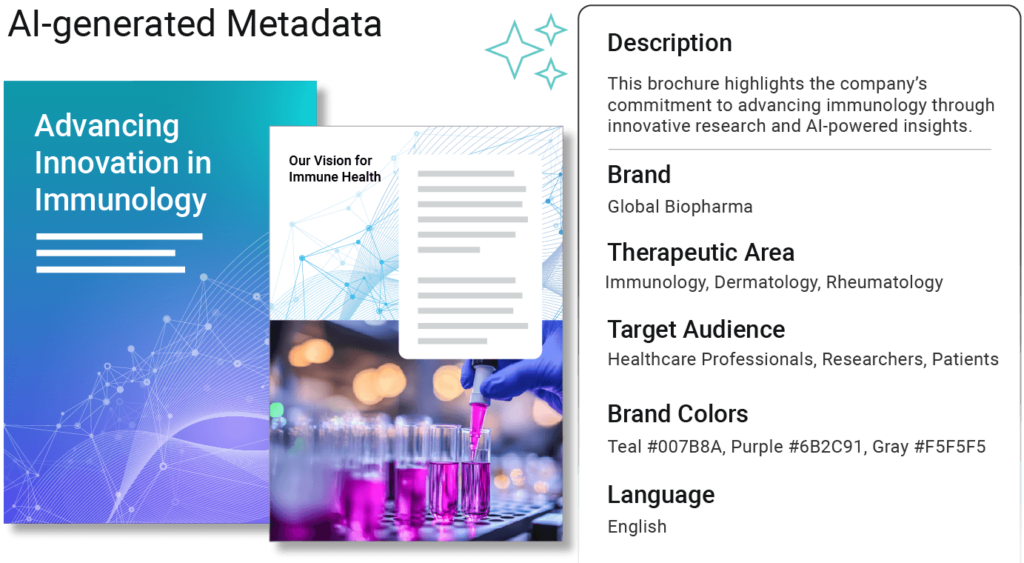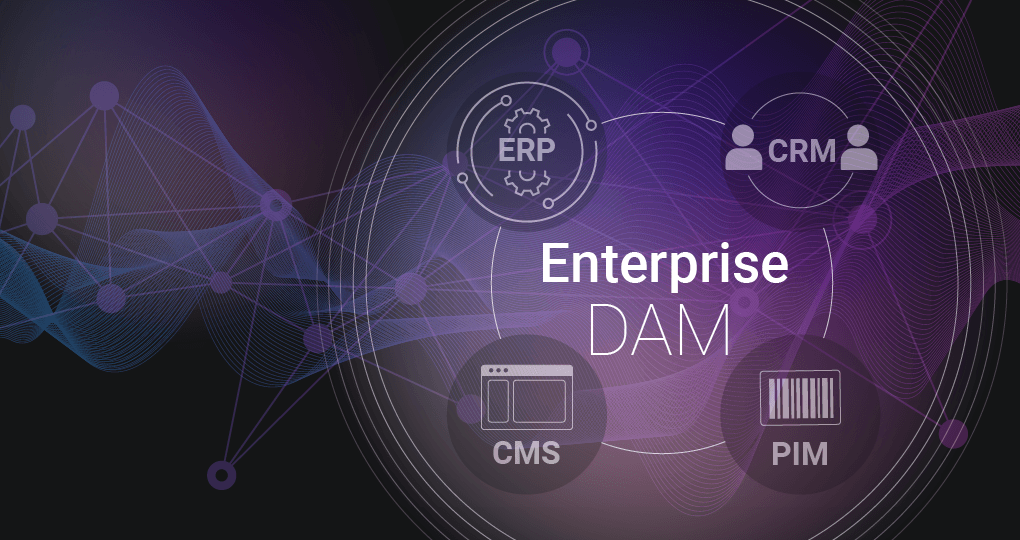When your company spans multiple brands, teams, and regions, managing content can get messy—fast. That’s where the right digital asset management (DAM) platform makes all the difference.
At the enterprise level, you’re dealing with more content, more complexity, and a lot more at stake. A basic DAM isn’t going to cut it. You need a system built to scale.
TL;DR
Large enterprises need more than basic file storage—they need a digital asset management (DAM) platform that can scale with growing content demands, integrate with existing tools, and support global brand consistency. The best enterprise DAM solutions offer intelligent automation, AI-powered search, metadata governance, and seamless integration with systems like CMS, PIM, and creative tools.
What Makes a DAM Enterprise-Ready?
Not all DAMs are created equal. Some are great for small teams with simple needs. But once you’ve got hundreds (or thousands) of users, multiple approval layers, and global brand guidelines to manage, you need something more powerful.
Here’s what an enterprise-grade DAM should deliver:
- A cloud-native foundation that performs across geographies
- Flexible roles and permissions to manage access by team, brand, or region
- Deep metadata and taxonomy tools to keep everything organized
- Integrations with your creative, marketing, and compliance stack
- Built-in governance features to protect the brand and reduce risk

What to Look For
When evaluating DAM systems for a large organization, these are the capabilities that actually move the needle:
| Feature | Why It Matters |
|---|---|
| Cloud-native infrastructure | Keeps everything fast and accessible, no matter where your teams are |
| Metadata and taxonomy management | Helps users find the right content quickly—no guesswork |
| Role-based access and permissions | Lets you control who can see and do what |
| Workflow and approval tools | Speeds up collaboration and keeps things on track |
| Creative and marketing integrations | Connects your DAM with the tools your teams already use |
| Governance and audit trails | Keeps you compliant and accountable, without slowing things down |
Why It’s More Than Just Storage
Enterprise content operations are complex. You’ve got campaigns launching in multiple regions, partners accessing brand assets, compliance teams reviewing content, and creative teams constantly pushing out new work.
A scalable DAM brings order to all of it. It becomes a central hub for managing content, streamlining processes, and making sure everyone—from your local marketers to your global brand team—is working from the same playbook.
Teams in industries like retail, finance, and healthcare count on DAMs to:
- Stay consistent across markets
- Speed up localization
- Reuse and repurpose content efficiently
- Meet strict brand and regulatory standards
A Few Red Flags to Watch For
Not every platform is built for the enterprise. Here are a few signs a DAM might not be up to the task:
- It’s rigid and hard to configure
- It struggles with multi-brand or global setups
- It doesn’t play well with other systems you rely on
Scalability and flexibility aren’t bonus features—they’re the baseline.
Bottom Line
At the enterprise level, a DAM isn’t just a place to store files. It’s a key part of how your business moves, collaborates, and grows. The right system helps your teams deliver faster, stay compliant, and keep the brand strong—no matter how complex things get.
If you’re evaluating DAMs, look for a platform that fits your world today—and can scale with you tomorrow.
FAQ
What is enterprise digital asset management (DAM)?
Enterprise DAM refers to a scalable system designed to help large organizations manage digital content across teams, brands, and geographies. It includes advanced features for metadata, governance, workflows, and integrations with creative and marketing tools.
How is enterprise DAM different from basic DAM systems?
Unlike basic DAMs, enterprise-grade solutions offer support for complex workflows, granular permissions, global brand governance, and native integrations with tools like CMS, PIM, ERP, and creative suites. They’re built to scale with distributed teams.
Why do large organizations need an enterprise DAM platform?
As content volume and complexity grow, enterprise teams need a centralized platform to maintain consistency, speed up localization, support compliance, and ensure assets are findable and reusable across the organization.
What features should you look for in an enterprise DAM?
Key features include cloud-native infrastructure, metadata and taxonomy tools, role-based access controls, approval workflows, system integrations, and audit trails for compliance and governance.
Can an enterprise DAM integrate with other systems?
Yes. Leading enterprise DAMs offer APIs and connectors to integrate with tools like CMS, CRM, PIM, creative software, and compliance platforms to ensure seamless content workflows.



